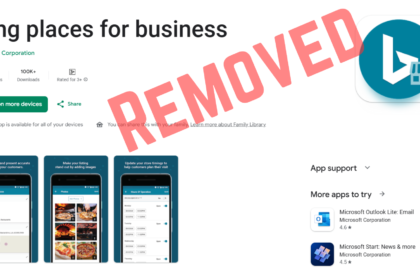In the world of digital marketing, backlinks play a crucial role in improving a website’s search engine rankings. However, acquiring backlinks can be a time-consuming and tedious process. That’s where automation comes in. OpenAI, a leading artificial intelligence platform, can be used to automate the process of acquiring backlinks, saving you valuable time and effort. In this step-by-step guide, we will walk you through the process of setting up OpenAI for website backlink automation.
Step 1: Understand OpenAI
Before diving into the setup process, it’s important to have a basic understanding of OpenAI. OpenAI is an artificial intelligence platform that provides developers with powerful tools to build and deploy AI-powered applications. It offers a wide range of capabilities, including natural language processing and generation, which we will be leveraging for our backlink automation.
Step 2: Define Your Backlink Strategy
Before setting up OpenAI, it’s essential to define your backlink strategy. Determine the types of websites you want to target for backlinks, the anchor text you want to use, and any specific requirements or criteria you may have. Having a clear strategy will help you streamline the automation process and ensure that you achieve your desired results.
Step 3: Prepare Your Data
To train OpenAI for backlink automation, you will need to prepare your data. This includes gathering a dataset of existing backlinks, anchor texts, and relevant website information. You can also include any guidelines or rules that should be followed during the automation process. The quality and relevance of your data will greatly impact the effectiveness of your backlink automation.
Step 4: Train Your Model
Once you have prepared your data, it’s time to train your OpenAI model. This involves feeding your dataset into the OpenAI platform and fine-tuning the model to generate high-quality backlinks. Training an AI model can be a complex process, so it’s recommended to consult OpenAI’s documentation or seek assistance from AI experts if needed.
Step 5: Test and Refine
After training your model, it’s important to test its performance and refine it if necessary. Generate a sample set of backlinks using your trained model and evaluate their quality and relevance. If the results are not satisfactory, you may need to iterate on your training process, adjust your data, or fine-tune the model further.
Step 6: Implement Automation
Once you are satisfied with the performance of your trained model, it’s time to implement automation. Integrate your OpenAI model into your existing website management system or develop a custom solution to automate the backlink acquisition process. Ensure that the automation process aligns with your backlink strategy and follows ethical practices to avoid any negative consequences.
Step 7: Monitor and Optimize
Once your backlink automation is up and running, it’s crucial to monitor its performance and continuously optimize it. Regularly review the generated backlinks, analyze their impact on your website’s rankings, and make any necessary adjustments to improve the automation process. Monitoring and optimizing your automation will help you achieve better results over time.
Conclusion
Automating the process of acquiring backlinks using OpenAI can be a game-changer for your website’s search engine optimization efforts. By following this step-by-step guide, you can set up OpenAI for website backlink automation and save valuable time and effort. Remember to define your backlink strategy, prepare your data, train your model, test and refine, implement automation, and continuously monitor and optimize for the best results. With the power of OpenAI, you can take your backlink acquisition to the next level.



